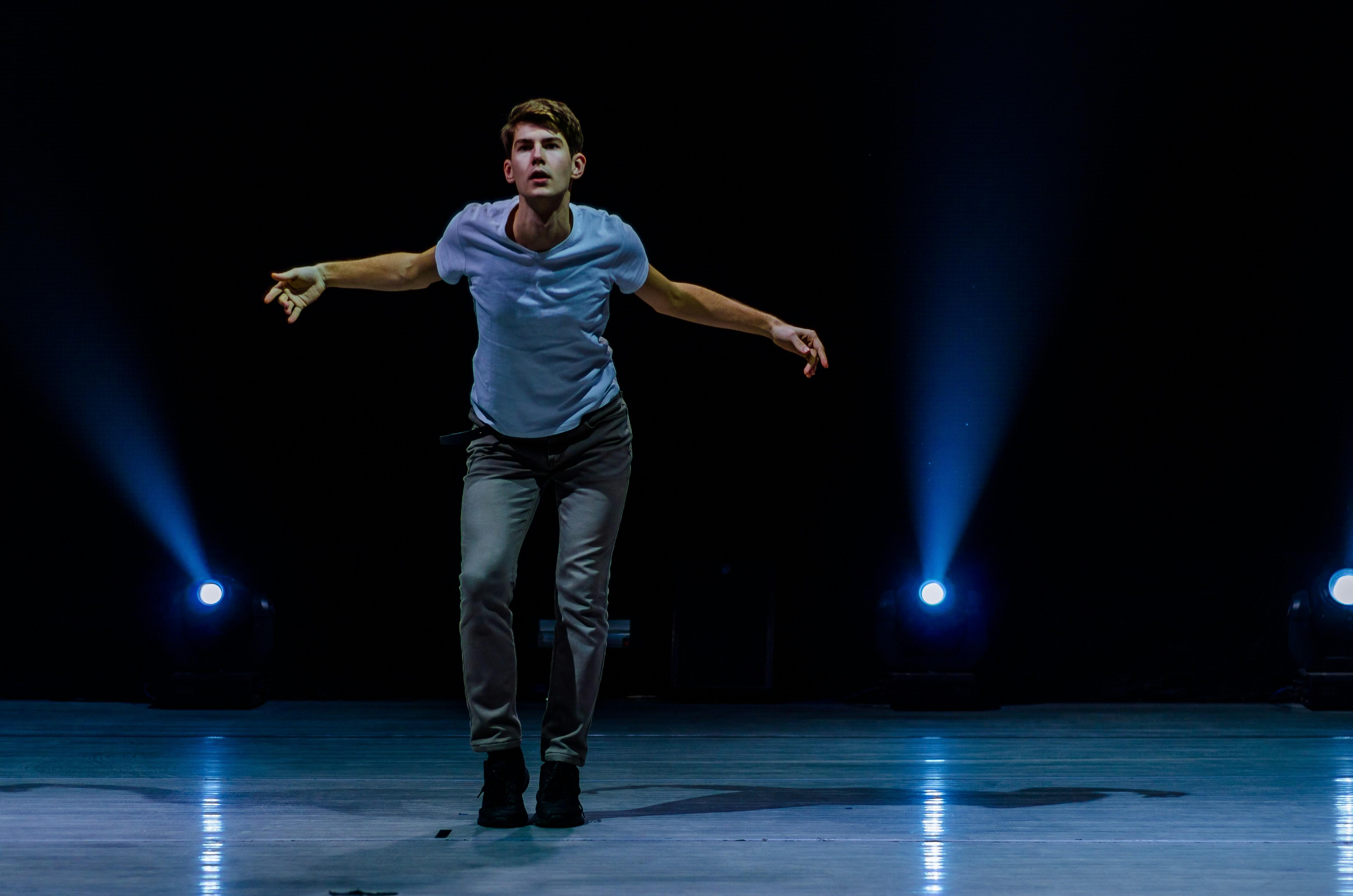In the ever-evolving landscape of modern cinema, the portrayal of villains has undergone a profound transformation. No longer confined to the one-dimensional archetypes of yesteryears, today’s antagonists are crafted with complexity, depth, and nuance. This shift owes much to the actors who breathe life into these roles, redefining what it means to be a villain on screen. Through innovative performances, these actors challenge traditional narratives, offering audiences a fresh perspective on morality and motivation. In this article, we delve into the standout performances that have reshaped villainy in film, exploring how these actors’ interpretations have not only captivated audiences but also reimagined the boundaries of cinematic storytelling.
Complex Characterization and Psychological Depth
In the realm of modern cinema, actors have taken villain roles to unprecedented heights by delving deep into the psychological intricacies of their characters. This transformation is not merely about portraying evil but understanding the motives and conflicts that drive these antagonists. The result is a tapestry of nuanced performances that challenge audiences to reconsider the nature of villainy itself. Actors such as Heath Ledger in “The Dark Knight” and Joaquin Phoenix in “Joker” have set new standards by embodying characters that are as complex as they are unsettling.
- Heath Ledger as The Joker: A chaotic force with a mysterious past, Ledger’s Joker is a study in anarchy and unpredictability, pushing Batman to his ethical limits.
- Joaquin Phoenix as Arthur Fleck: Phoenix’s portrayal of a man descending into madness is both sympathetic and terrifying, highlighting societal neglect and personal trauma.
- Thanos portrayed by Josh Brolin: A villain with a philosophical mission, Brolin’s Thanos believes in his cause with a chilling conviction and righteousness.
These performances are more than mere villainy; they are a reflection of the human condition, compelling audiences to grapple with moral ambiguity and the darker facets of the psyche. The depth these actors bring to their roles redefines what it means to be a villain in cinema today, making them unforgettable and deeply impactful.

Innovative Techniques and Method Acting
In the realm of modern cinema, villainous roles have evolved beyond the archetypal confines of past decades. Actors are employing innovative techniques and delving deep into method acting to breathe new life into these complex characters. The transformation is often so profound that it challenges audience perceptions, leaving a lasting impact. This approach involves more than just donning a costume; it’s about immersing oneself in the psyche of the character, understanding their motivations, and often living in their world off-camera.
- Immersion: Actors may spend weeks, if not months, studying and emulating the mannerisms and mindsets of their characters, blurring the lines between fiction and reality.
- Psychological Depth: Exploring the intricacies of a villain’s backstory allows actors to portray them as multi-dimensional beings, often eliciting empathy from the audience.
- Physical Transformation: Whether through gaining or losing weight, altering posture, or adopting specific gestures, these transformations add layers of authenticity.
By embracing these techniques, actors are not just performing; they are redefining what it means to be a villain in cinema today. Their dedication to authenticity ensures that these characters are remembered not just as antagonists, but as pivotal, richly developed individuals within the narrative.

Cultural Impact and Audience Reception
The transformation of villain roles in modern cinema owes much to groundbreaking performances that resonate deeply with audiences, challenging preconceived notions of evil. Actors like Heath Ledger in “The Dark Knight” and Joaquin Phoenix in “Joker” have delivered portrayals that delve into the psychological complexities of their characters, creating a profound cultural impact. These performances have sparked discussions about the blurred lines between villainy and vulnerability, prompting viewers to question the nature of morality and empathy in today’s society.
- Heath Ledger’s Joker – A chaotic force that captivates with unpredictability, redefining the archetype of the comic book villain.
- Joaquin Phoenix’s Arthur Fleck – A tragic figure whose descent into madness offers a raw, unsettling exploration of mental illness.
Audience reception has been equally transformative, with these performances garnering critical acclaim and a passionate fanbase. The complexity and depth of these characters have led to a renewed appreciation for the art of villainy, elevating these roles from mere antagonists to central figures that drive the narrative. This shift has set a new standard in cinema, inspiring future performances to push the boundaries of character development and storytelling.

Essential Viewing: Iconic Villain Performances
In the realm of modern cinema, certain performances have elevated the concept of villainy to an art form, redefining what it means to be the antagonist. These portrayals have captivated audiences with their complexity, depth, and sheer magnetism. Heath Ledger’s unforgettable turn as the Joker in “The Dark Knight” remains a masterclass in chaos and unpredictability. Ledger’s Joker is not just a criminal mastermind but a philosophical force, challenging the very notion of order with his anarchic worldview.
- Joaquin Phoenix in “Joker”: A chilling descent into madness that humanizes the infamous character, offering a poignant critique of societal neglect.
- Javier Bardem in “No Country for Old Men”: Bardem’s portrayal of Anton Chigurh is the embodiment of fate and inevitability, his presence both haunting and inescapable.
- Charlize Theron in “Monster”: Theron’s transformation into Aileen Wuornos is a raw, visceral performance that blurs the line between villain and victim.
These performances challenge viewers to reconsider their perceptions of evil, demonstrating that villains can be as multifaceted and compelling as their heroic counterparts. The actors’ ability to delve into the psyche of their characters has not only garnered critical acclaim but also left an indelible mark on cinematic history.

